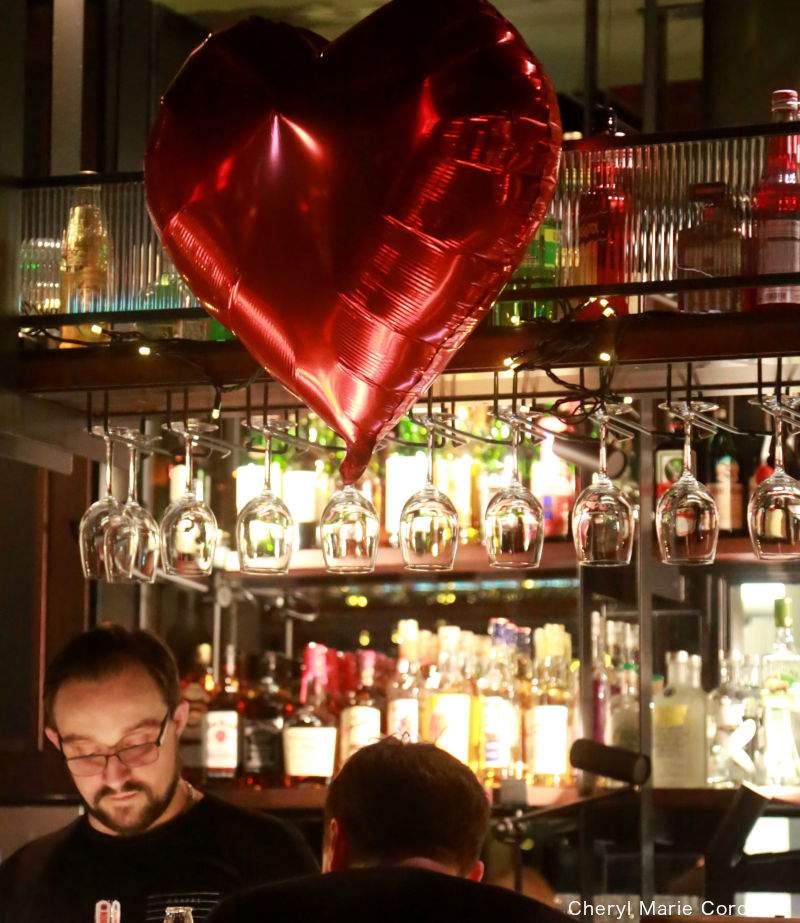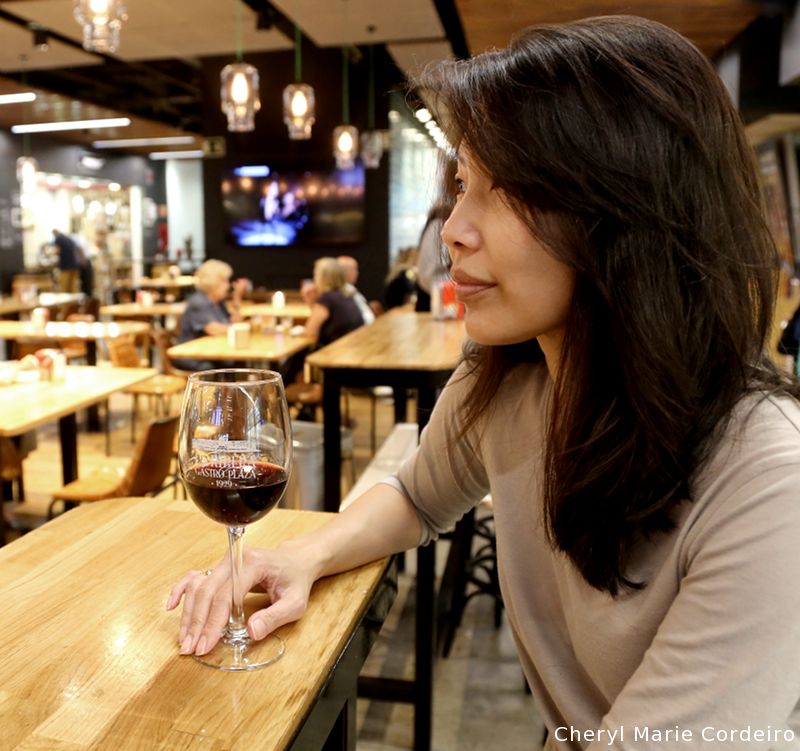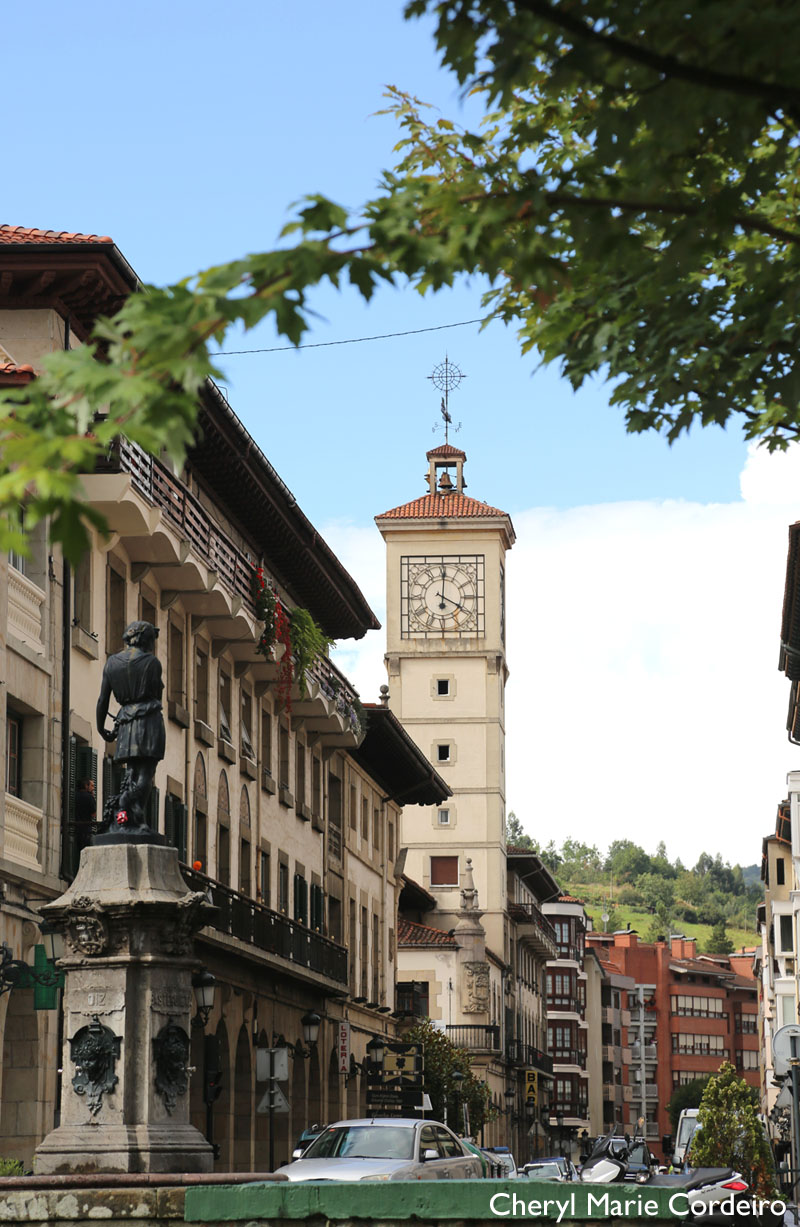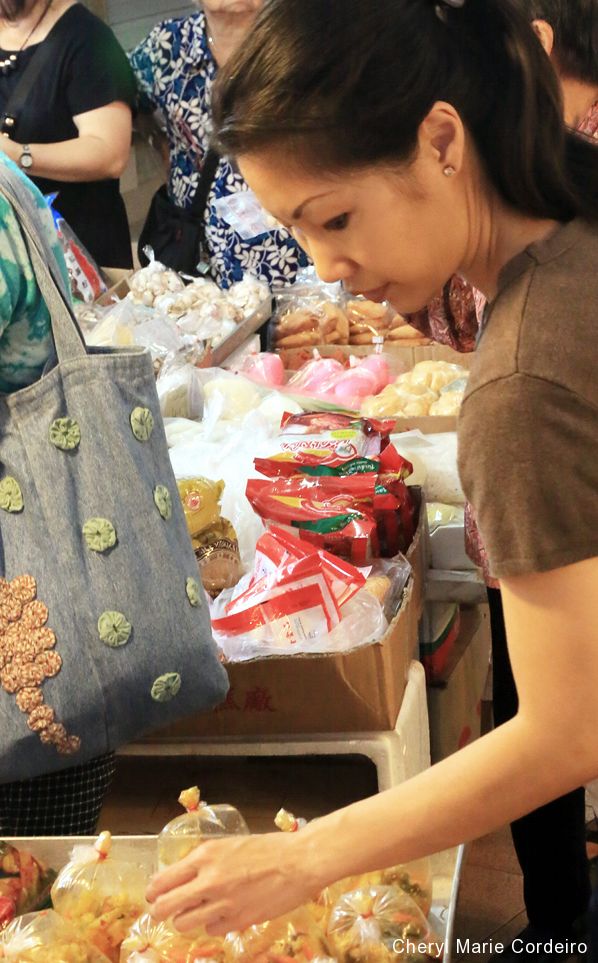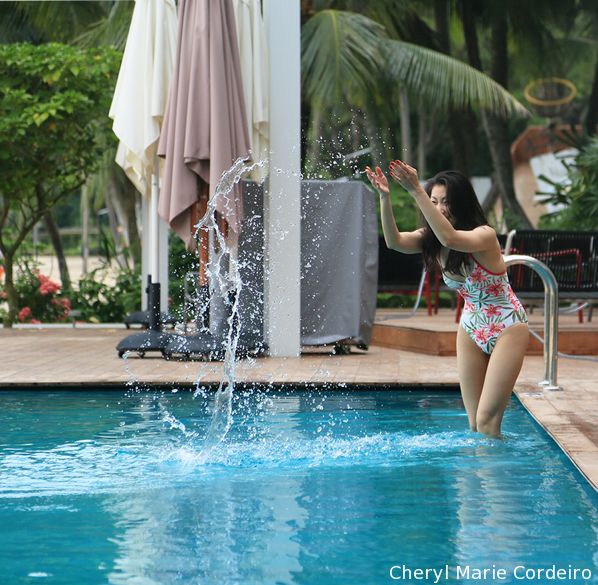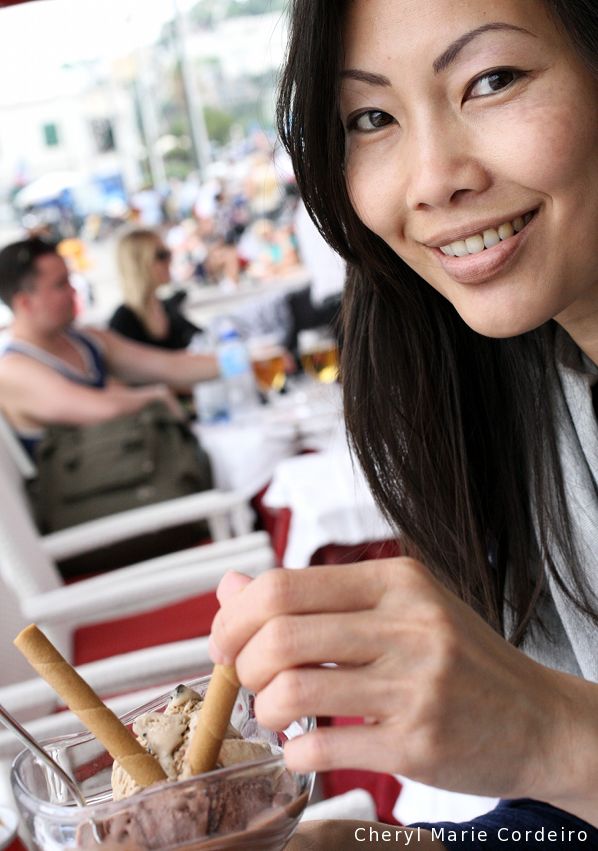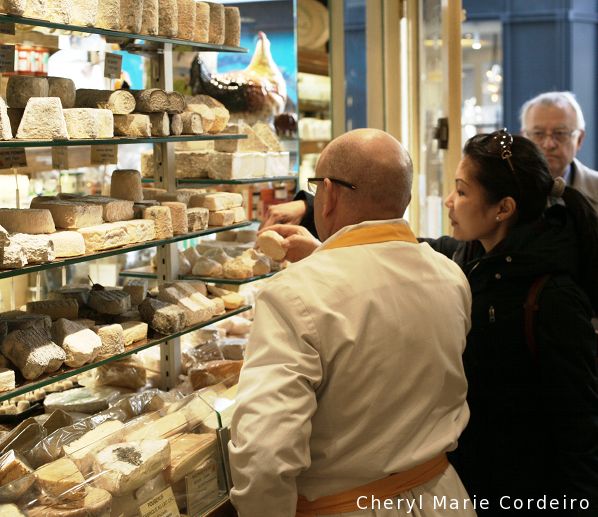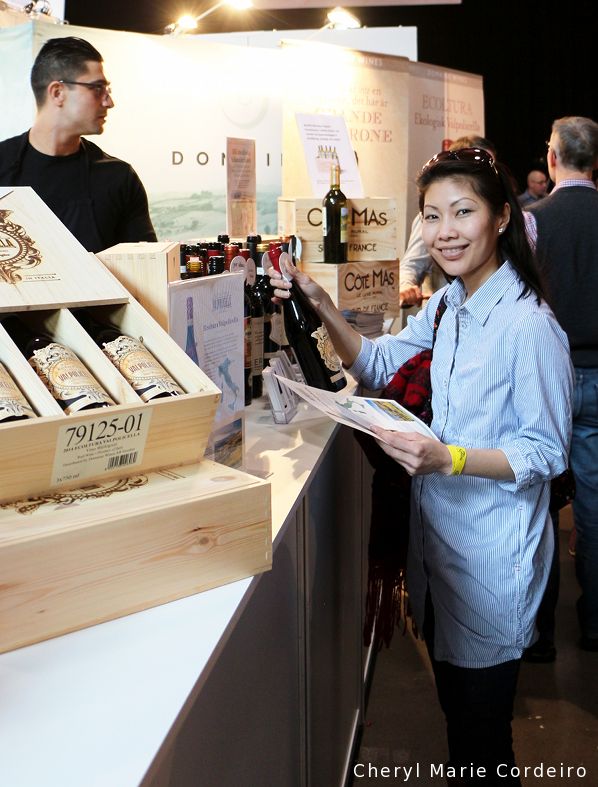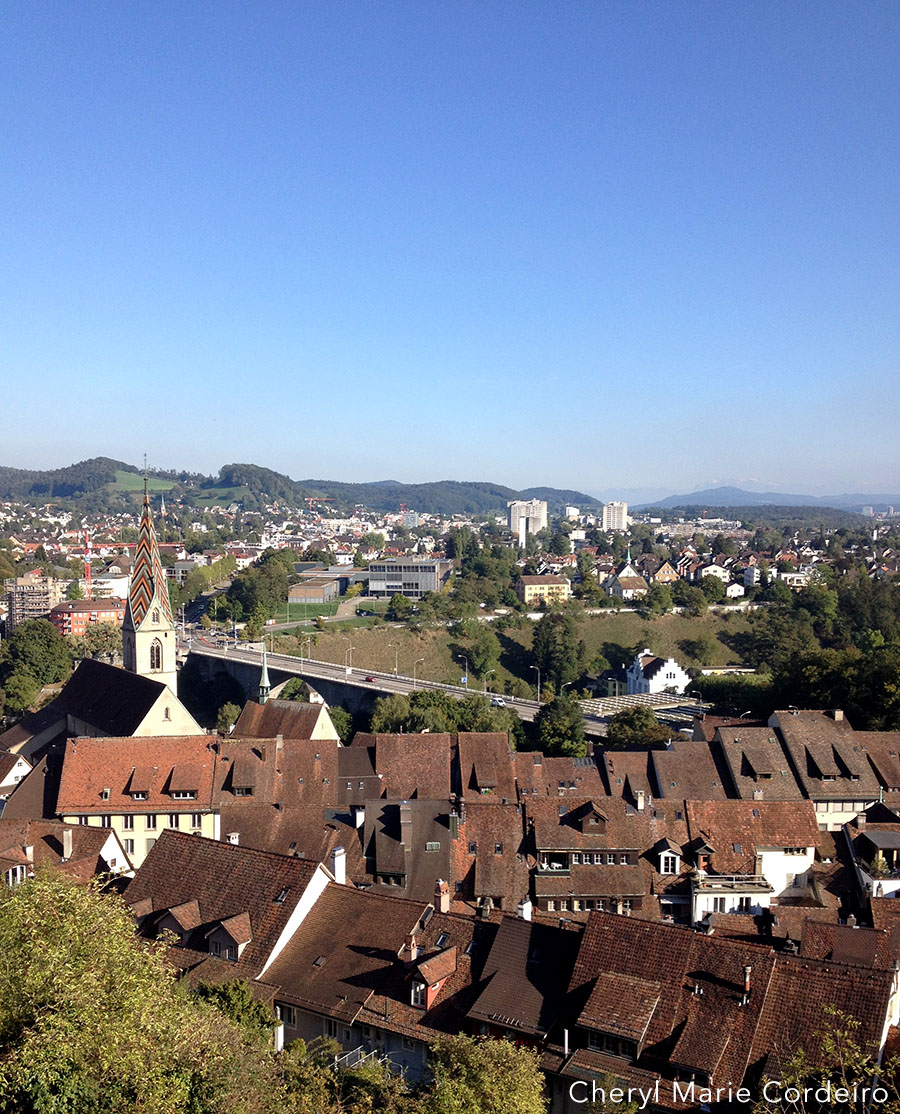Text & Photo © JE Nilsson & CM Cordeiro 2019
The roses were brought out in most flower boutiques here in Tromsø on Sunday 10 February 2019. It was in celebration of Mother’s Day in Norway. The Feast of Saint Valentine which falls on 14 February in celebration of love and friendship, seems a fairly understated affair in Norway, and in particular as observed, in this city in the Arctic Circle. In a walkabout the city centre prior to dinner, I came across one of my favourite flower boutiques. There was a significant absence of bouquets of roses for the Feast of St Valentine’s. The shop had for ready-made bouquets, clusters of chrysanthemum and lily blooms. Roses were available but firmly potted. In Gothenburg, I loved to have tulips at this time of year sitting on the kitchen table in a vase. In Tromsø, four metre high snow walls built from clearing snow off the sidewalks and driveways is not encouraging weather for tulips, even in vases. I did however, bring home a new pet plant from that shop, a ficus elastica robusta.
